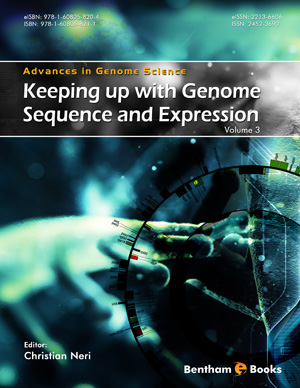Abstract
SHS investigation development is considered from the geographical and historical viewpoint. 3 stages are described. Within Stage 1 the work was carried out in the Department of the Institute of Chemical Physics in Chernogolovka where the scientific discovery had been made. At Stage 2 the interest to SHS arose in different cities and towns of the former USSR. Within Stage 3 SHS entered the international scene. Now SHS processes and products are being studied in more than 50 countries.
Abstract
Theodore Boveri, eminent German biologist, embryologist and pathologist, observed aneuploidy in cancer cells more than a century ago and suggested that cancer cells derived from a single progenitor cell that acquires the potential for uncontrolled continuous proliferation. Currently, it is well known that aneuploidy is observed in virtually all cancers. Gain and loss of chromosomal material in neoplastic cells is considered a process of diversification that leads to survival of the fittest clones. According to Darwin’s theory of evolution, the environment determines the grounds upon which selection takes place and the genetic characteristics necessary for better adaptation. This concept can be applied to the carcinogenesis process, connecting the ability of cancer cells to adapt to different environments and to resist chemotherapy, genomic instability being the driving force of tumor development and progression. What causes this genome instability? Mutations have been recognized for a long time as the major source of genome instability in cancer cells. Nevertheless, an alternative hypothesis suggests that aneuploidy is a primary cause of genome instability rather than solely a simple consequence of the malignant transformation process. Whether genome instability results from mutations or from aneuploidy is not a matter of discussion in this review. It is most likely both phenomena are intimately related; however, we will focus on the mechanisms involved in aneuploidy formation and more specifically on the epigenetic origin of aneuploid cells. Epigenetic inheritance is defined as cellular information—other than the DNA sequence itself—that is heritable during cell division. DNA methylation and histone modifications comprise two of the main epigenetic modifications that are important for many physiological and pathological conditions, including cancer. Aberrant DNA methylation is the most common molecular cancer-cell lesion, even more frequent than gene mutations; global hypomethylation and aberrant local hypermethylation are perhaps the most frequent epigenetic modifications in cancer cells. Epigenetic characteristics of cells may be modified by several factors including environmental exposure, certain nutrient deficiencies, radiation, etc. Some of these alterations have been correlated with the formation of aneuploid cells in vivo. A growing body of evidence suggests that aneuploidy is produced and caused by chromosome instability. We propose and support in this manuscript that not only genetics but also epigenetics, and specifically alterations in DNA methylation, contribute in a major fashion to aneuploid cell formation.
Keywords:
Aneuploidy, arsenic, cadmium, cancer, centromere, centrosome, chromatin, chromosome instability, chromosomes, DNA methylation, dnmt, epigenetics, heterochromatin, histone marks, hypomethylation, methyltransferases, mitosis, pericentromeric chromatin, subtelomeric regions, telomeres.
Recommended Chapters
We recommend

Authors:Bentham Science Books






